Camouflage is a remarkable adaptation that allows animals to blend seamlessly into their surroundings, helping them evade predators or ambush prey. While many species exhibit impressive camouflage techniques, some stand out for their exceptional ability to conceal themselves. This article explores a variety of animals known for their remarkable camouflage, the mechanisms they employ, and the ecological significance of these adaptations.
The leaf-tailed gecko (Uroplatus species), native to Madagascar, is an iconic master of camouflage. These geckos have evolved to resemble dead leaves, complete with intricate patterns and colors that mimic their environment.
Coloration and Texture: Their skin features a variety of browns, greens, and grays, along with a rough texture that mimics leaves.
Posture: They flatten their bodies and position themselves to enhance their leaf-like appearance.

The stonefish (Synanceia species) is known for its ability to blend into rocky and coral environments in the Indo-Pacific region. Its effective camouflage helps it evade predators and ambush prey.

Body Shape and Color: Its mottled coloration mimics rocks and coral.
Behavior: Stonefish remain motionless for long periods, increasing their invisibility.
Cuttlefish (Sepia species) are renowned for their ability to change color and texture almost instantaneously, making them versatile camouflage artists in the ocean.
Chromatophores: Specialized skin cells allow them to change colors rapidly.
Skin Texture: They can also alter their skin’s texture to match their surroundings.
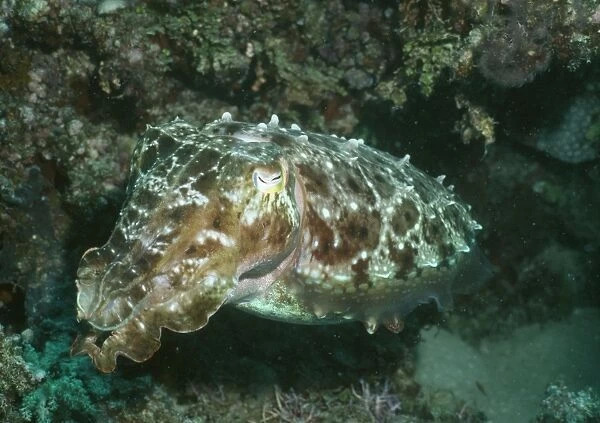
The Arctic fox (Vulpes lagopus) showcases seasonal camouflage, changing its coat color from brown in summer to white in winter. This adaptation helps it blend into snowy landscapes.
Seasonal Color Change: Its fur changes color in response to seasonal variations.
Habitat Adaptation: The white coat provides concealment against snow.
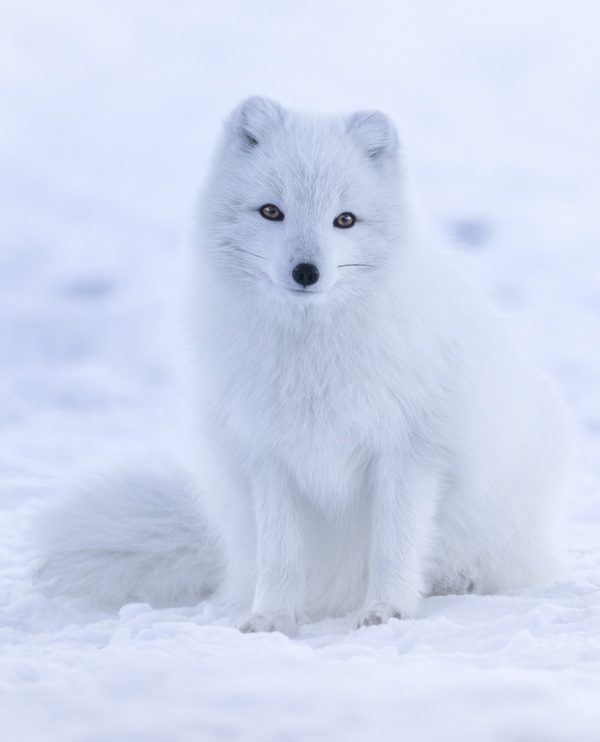
Walking stick insects are masters of disguise, resembling twigs or branches to avoid detection.
Body Shape: Their elongated bodies mimic twigs and branches.
Movement: Remaining still and swaying gently enhances their disguise.
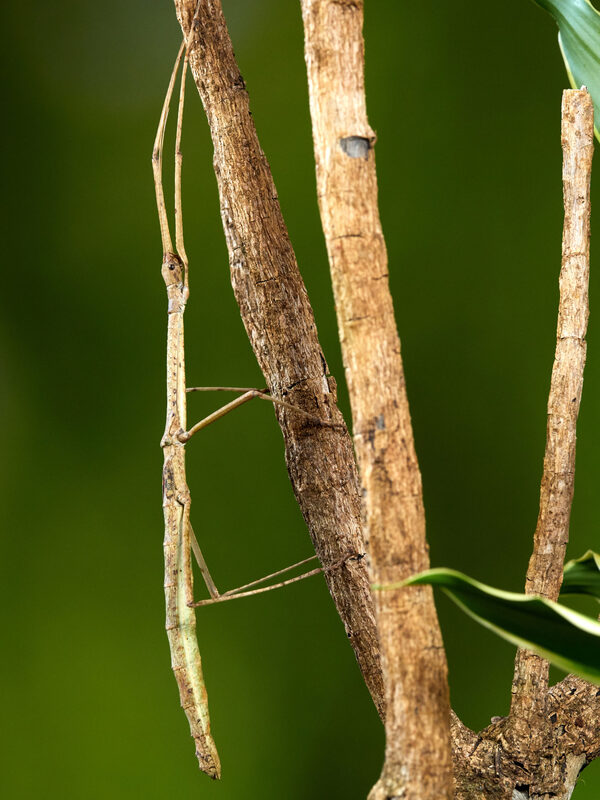
The snow leopard (Panthera uncia) is known for its stunning camouflage in mountainous terrains, where its patterned fur blends seamlessly with rocky, snowy backgrounds.
Pattern and Color: Its fur features smoky gray and creamy yellow colors with dark rosettes.
Behavior: They use high vantage points to stalk prey while remaining undetected.
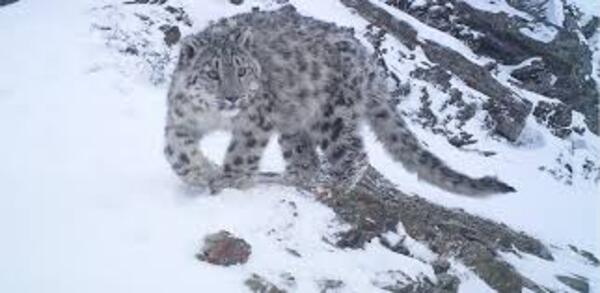
The owl butterfly (Caligo species) has wings that resemble the eyes of an owl, deterring predators.
Wing Patterns: The eyespots create the illusion of a larger creature.
Resting Behavior: When at rest, they fold their wings against tree trunks.
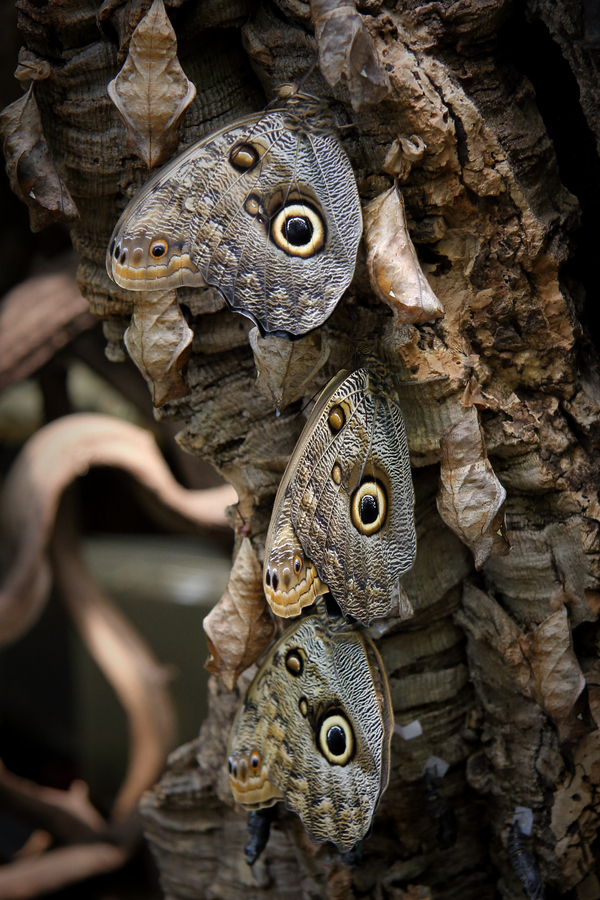
Pygmy seahorses (Hippocampus species) can change color to blend in with the corals and sea fans they inhabit, making them nearly invisible.
Color Adaptation: They match their color to the surrounding environment.
Body Shape: Their small size allows them to cling closely to corals.
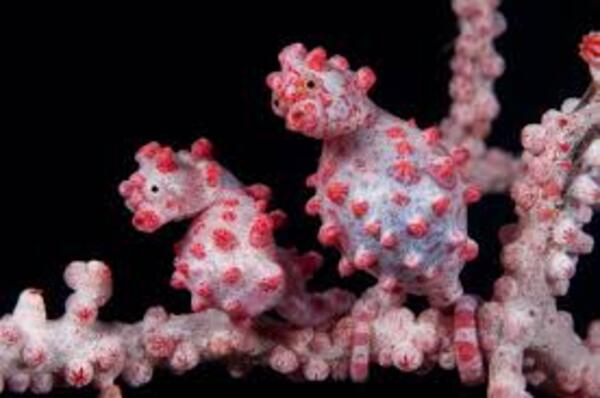
The common chameleon (Chamaeleo chamaeleon) is famous for its color-changing abilities, which help it blend into foliage.
Color Change: They can shift colors for communication and camouflage.
Behavioral Adaptation: Adjusting their position enhances their disguise.
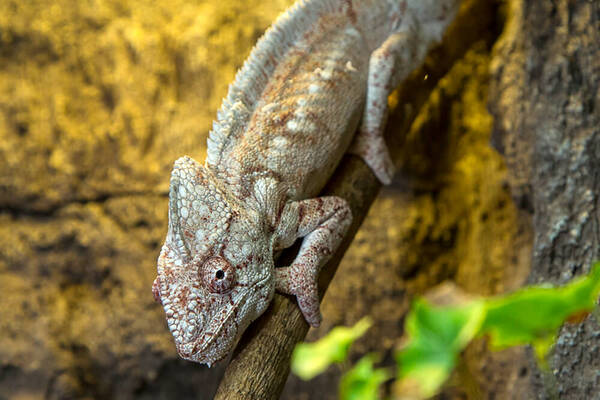
The peppered moth (Biston betularia) illustrates industrial melanism, where darker-colored moths became more prevalent in polluted areas, blending in with soot-covered surfaces.
Color Variations: Different color forms help them remain inconspicuous.
Resting Habits: They rest on surfaces that match their coloration.
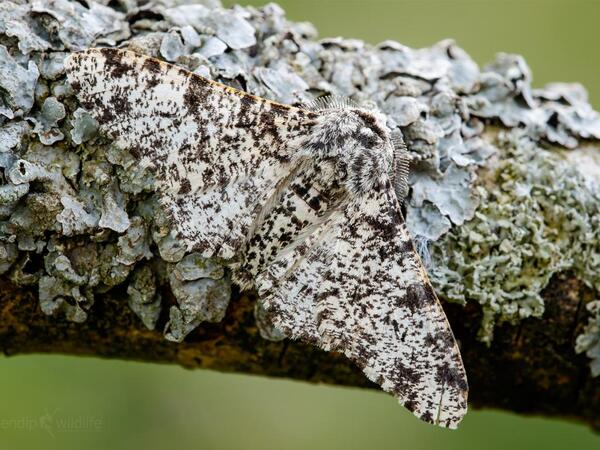
The mimic octopus (Thaumoctopus mimicus) can imitate other aquarium/52-marine-animals.html">marine animals, enhancing its camouflage and deterring predators.
Mimicry: It imitates various species for protection.
Color and Texture Changes: Like cuttlefish, it alters its appearance to match the environment.
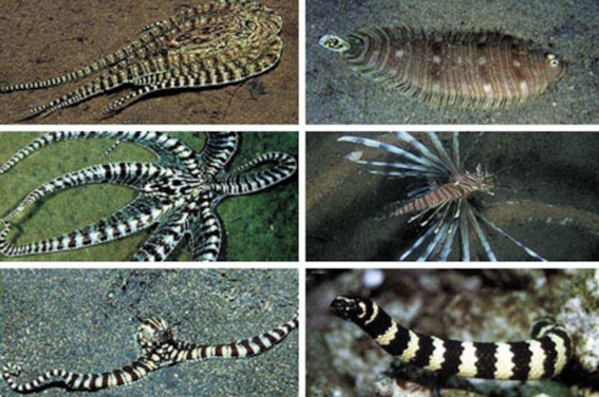
The leafy sea dragon (Phycodurus eques) has leaf-like appendages that allow it to blend into seaweed and kelp.
Body Shape and Appendages: Its appearance mimics floating sea vegetation.
Movement: Slow, gentle movements help avoid detection.
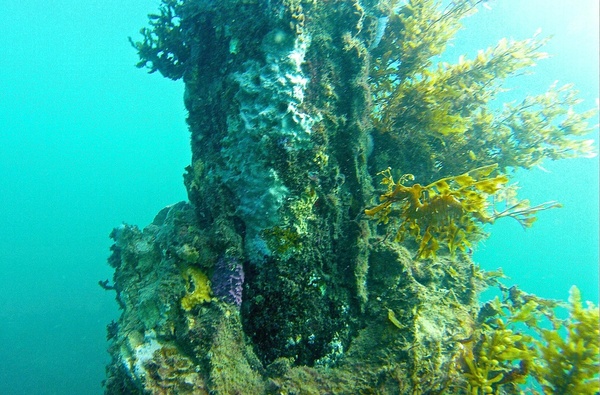
The animal kingdom is filled with remarkable examples of camouflage adaptations. From the leaf-tailed gecko to the mimic octopus, these species demonstrate unique mechanisms that enhance their ability to blend into their surroundings. Understanding these adaptations deepens our appreciation for biodiversity and the evolutionary pressures that shape these extraordinary creatures. As we continue to study and protect these animals, we also safeguard the delicate ecosystems they inhabit, ensuring the survival of these remarkable adaptations for future generations.
animal tags: camouflage
We created this article in conjunction with AI technology, then made sure it was fact-checked and edited by a Animals Top editor.